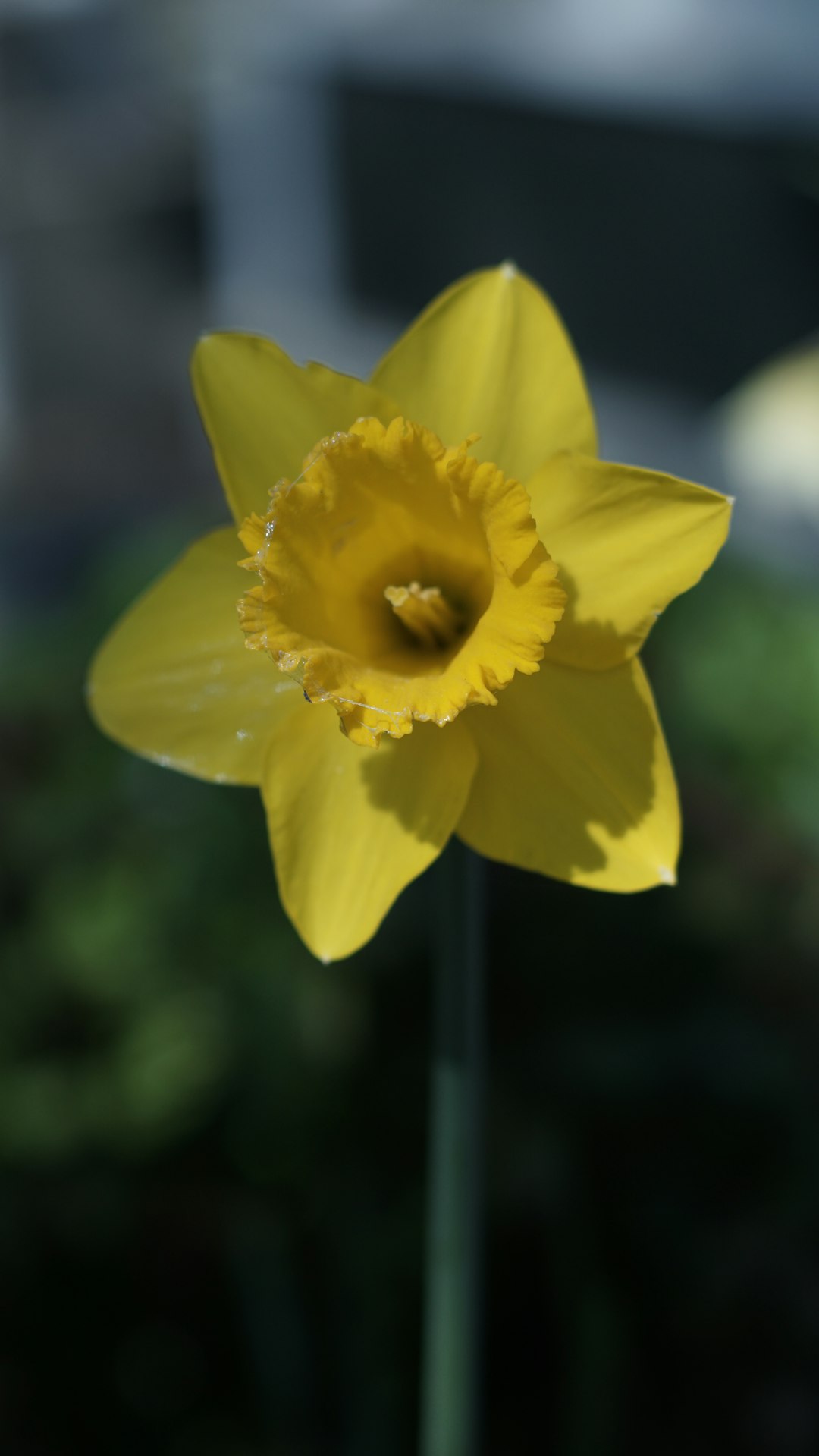Preserving Your Yard's Beauty in Winter's Salty Grip

Winter is a season of wonder, with snow - covered landscapes and cozy evenings by the fireplace. However, the use of salt on roads and sidewalks to melt ice can pose a significant threat to your yard's grass, trees, and other plants. In this article, we'll explore how to recognize salt damage, prevent it, and treat salt - damaged plants.
First, it's crucial to understand how salt causes harm. When salt is applied to icy surfaces, it eventually makes its way into the soil through runoff. High levels of salt in the soil can disrupt the normal water - uptake process of plants. The salt creates a hypertonic environment around the plant roots, causing water to flow out of the roots instead of into them. This leads to dehydration and can ultimately kill the plant.
Recognizing salt damage is the first step in addressing the problem. For grass, you may notice yellow or brown patches that don't recover with regular watering. The edges of the blades may look burned or withered. In trees and shrubs, salt damage can manifest as stunted growth, early leaf drop, and dieback of branches. The leaves may also have a scorched appearance, with brown or yellow margins. Additionally, if you see a white, crusty residue on the soil surface near your plants, it's a clear sign of excessive salt accumulation.
Preventing salt damage is far easier than treating it. One effective method is to create a physical barrier between the salt - treated areas and your plants. You can use burlap or plastic sheeting to shield vulnerable plants from salt spray. Another preventive measure is to plant salt - tolerant species. Some plants, such as certain types of grasses, shrubs, and trees, are naturally more resistant to salt. Research and choose these species when planning your yard. For example, beachgrass is highly salt - tolerant and can be a great addition to coastal yards.
Proper watering can also help prevent salt damage. During the winter, water your plants sparingly but deeply. This helps to flush out some of the salt from the soil. However, be careful not to over - water, as waterlogged soil can also be harmful to plants. You can also apply a layer of mulch around your plants. Mulch helps to retain moisture in the soil and can reduce the impact of salt by acting as a buffer.
If you've already noticed signs of salt damage in your plants, don't despair. There are several treatment options available. One of the simplest ways to treat salt - damaged plants is to leach the salt from the soil. This involves applying large amounts of water to the affected area over a period of time. The water will carry the salt deeper into the soil or out of the root zone. However, this method may not be suitable for all soil types, especially heavy clay soils, as they drain water slowly.
You can also add organic matter to the soil. Compost, manure, or leaf mold can improve the soil structure and help to bind the salt, making it less available to the plants. Another option is to use a soil amendment specifically designed to reduce salt levels. These products often contain substances like gypsum, which can replace the sodium ions in the soil with calcium ions, reducing the overall salt concentration.
For severely damaged plants, you may need to prune away the dead or dying parts. This allows the plant to focus its energy on new growth. However, be careful not to over - prune, as this can further stress the plant. If the damage is extensive, you may need to replace the plant altogether. But with proper care and treatment, many salt - damaged plants can recover and thrive.
In conclusion, winter salt can be a major threat to your yard, but by being vigilant, taking preventive measures, and knowing how to treat salt - damaged plants, you can keep your yard looking beautiful all year round. Remember, a little bit of care and attention in the winter can go a long way in preserving the health and vitality of your plants.